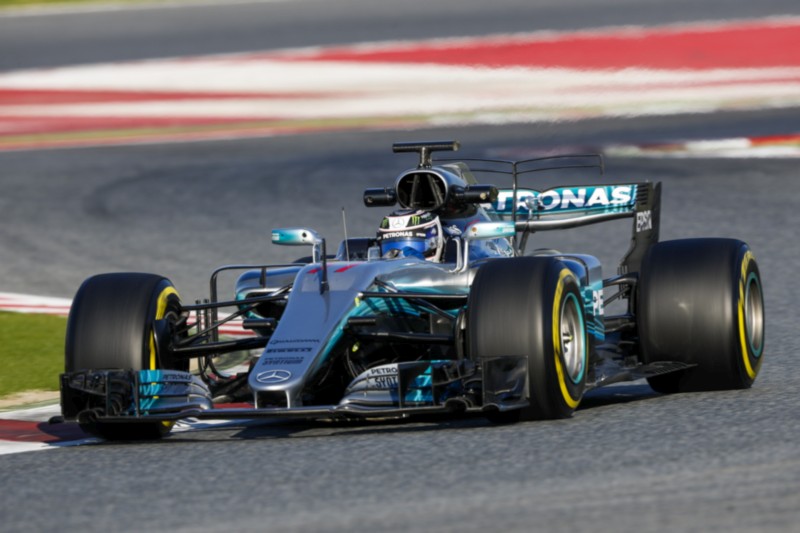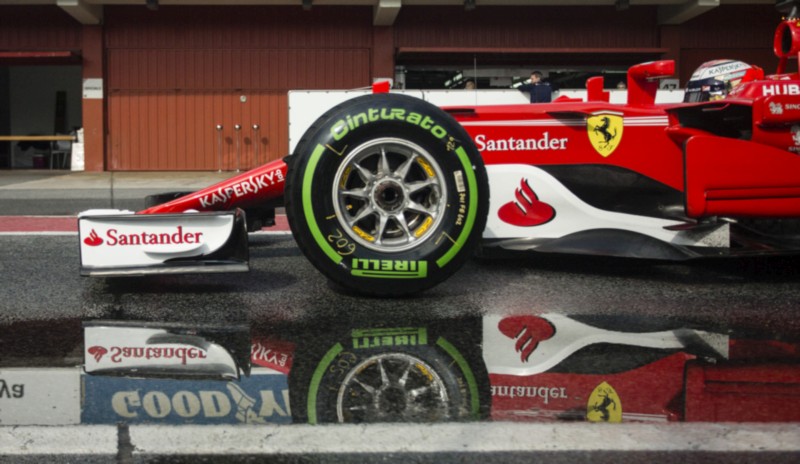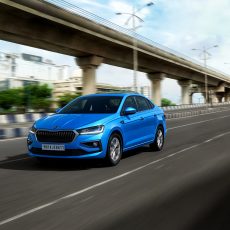Wider tyres, more mechanical grip, less aero grip, driver swaps, and no more engine tokens. Yes, you read that right. Here’s what that means for Formula 1 in 2017.
Story: Jim Gorde
Photography: DPPI
2016. The year that was. A new world champion. A few retirements. And, then, one of them confirmed he was coming back even before the year actually ended. There’s a lot going to change this year, and we hope it will be for the better. Here’s all you need to know about what’s new in F1 this year, starting with the regulation changes.
DECREED

The governing body of Formula 1 had confirmed several changes to the car last year with a view to increase dependence on mechanical grip while reducing dependence on aerodynamics. That’s led to drastically different looking cars, wider Pirelli tyres with more difference in compounds, and differently proportioned wings.
The front wings are now lower with a 150-mm wider span (1,800 mm) and regulated end-plates. The rear wings have become 200 mm wider (950 mm), but 150 mm lower (800 mm). The rear end-plates are now swept and tucked. Yes, they still have the drag reduction system (DRS) for use in the designated zones for overtaking.
The floor pan will be wider with variable edge radii allowed. It will also start 100 mm further behind the front axle with the plank being pocketed to save weight. The rear diffuser will now start 175 mm ahead of the rear axle and will be 50 mm higher and wider than last season.
The body will be 200 mm wider with side-pods requiring a swept leading edge from the top view. There will also be larger barge-boards thanks to reduced exclusion zones.
The suspension track is now 200 mm more, so two metres, with a +/- 10° profile incidence allowed, compared to five degrees earlier. The tyres are now 25 per cent wider, moving from 245-section to 305-section rubber at the front, with massive 405-section tyres replacing the old 325-sections at the rear. Wheel diameter remains the same at 13 inches.
Finally, maximum weight goes up by 20 kg to 722 kg, plus tyres (estimated at another five kg).
Furthermore, the token system for engine updates has been discontinued, which means that teams and suppliers may introduce improved versions without any limit.
DRIVERS & TEAMS
There has been quite a shuffle in the pack from last year. Big names have moved and one team has even had an engine transplant.
Following the shock announcement of retirement from 2016 World Champion Nico Rosberg of Mercedes-AMG, word in the community was that everyone – other than Kimi Räikkonen and Daniil Kvyat – had Toto Wolff (of Mercedes-AMG) on the phone to see if they could get into the championship-winning car.
Jenson Button was half-expected to un-retire himself, and, then, so was Felipe Massa, which he did, but for different reasons. Williams had been approached for Valtteri Bottas and they agreed, should they find a suitable replacement of legal drinking age to partner the rookie teenager Lance Stroll. With Massa confirming his interest, they have. There are new names at new first-time fourth-placers Force India and recently-reinvigorated Renault.
Le Mans winner Nico Hulkenberg made the move to the Renault team alongside Jolyon Palmer. His desire to work his way up in a factory car, given the opportunity, was overwhelming. And he took it. His move made way for Manor’s Esteban Ocon at Force India, alongside an increasingly popular Sergio Perez. The team also moves to a new pink and silver livery following a deal with Austrian giant BWT. Renault’s confirmation saw Kevin Magnussen move to Haas, with Romain Grosjean firmly set in the American team. That also means that Esteban Gutierrez has to move on, with Wehrlein signing with Sauber alongside Marcus Ericsson. They will continue to run the Ferrari powertrain.
Speaking of Ferrari powertrains, the year-old Ferrari power-units won’t be powering Toro Rosso this season. The Faenza squad will be moving to a Renault unit.
Ferrari, meanwhile, carry on unchanged, with Sebastian Vettel and Kimi Raikkonen set to continue. Another team retaining both drivers is Red Bull. The dynamic duo of Daniel Ricciardo and Max Verstappen will continue and, with a more potent Renault power-unit being readied, hope to be at the sharp end of the grid. Finally, another team who have lost their way from that very sharp end, McLaren, are hoping to make their way to the front more often with the pairing of the infallible Fernando Alonso and promising, point-scoring youngster Stoffel Vandoorne, with a new name for the car, MCL32, and going back to orange livery.
With Manor into administration wrapping up operations, it looks set to be a 10-team season this year.
In the final session of pre-season testing at Barcelona, Kimi Raikkonnen managed a 1’18.634, the first sub-1’19 time of the lot, a time that was also a lot faster than last year’s pole-position lap. Australia is never an indicator of the season, save for 2009, but it will be interesting ahead. Let’s stay tuned.
CALENDAR
It’s not a 21-race calendar this year. With Germany not getting even one GP at either track, it’s going to be a 20-race season in 2017. Malaysia will be hosting their last race as well, with the Sepang track moving away from F1 the following year, making way for the French GP at Circuit Paul Ricard. Some reshuffling has happened to the venues and dates as well. Here’s what it looks like:
March 26 – Australia (Melbourne)
April 9 – China (Shanghai)
April 16 – Bahrain (Sakhir)
April 30 – Russia (Sochi)
May 14 – Spain (Barcelona)
May 28 – Monaco (Monte Carlo)
June 11 – Canada (Montreal)
June 25 – Azerbaijan (Baku)
July 9 – Austria (Spielberg)
July 16 – Great Britain (Silverstone)
July 30 – Hungary (Budapest)
August 27 – Belgium (Spa-Francorchamps)
September 3 – Italy (Monza)
September 17 – Singapore (Marina Bay)
October 1 – Malaysia (Sepang)
October 8 – Japan (Suzuka)
October 22 – USA (Austin)
October 29 – Mexico (Mexico City)
November 12 – Brazil (Sao Paulo)
November 26 – Abu Dhabi (Yas Marina)






